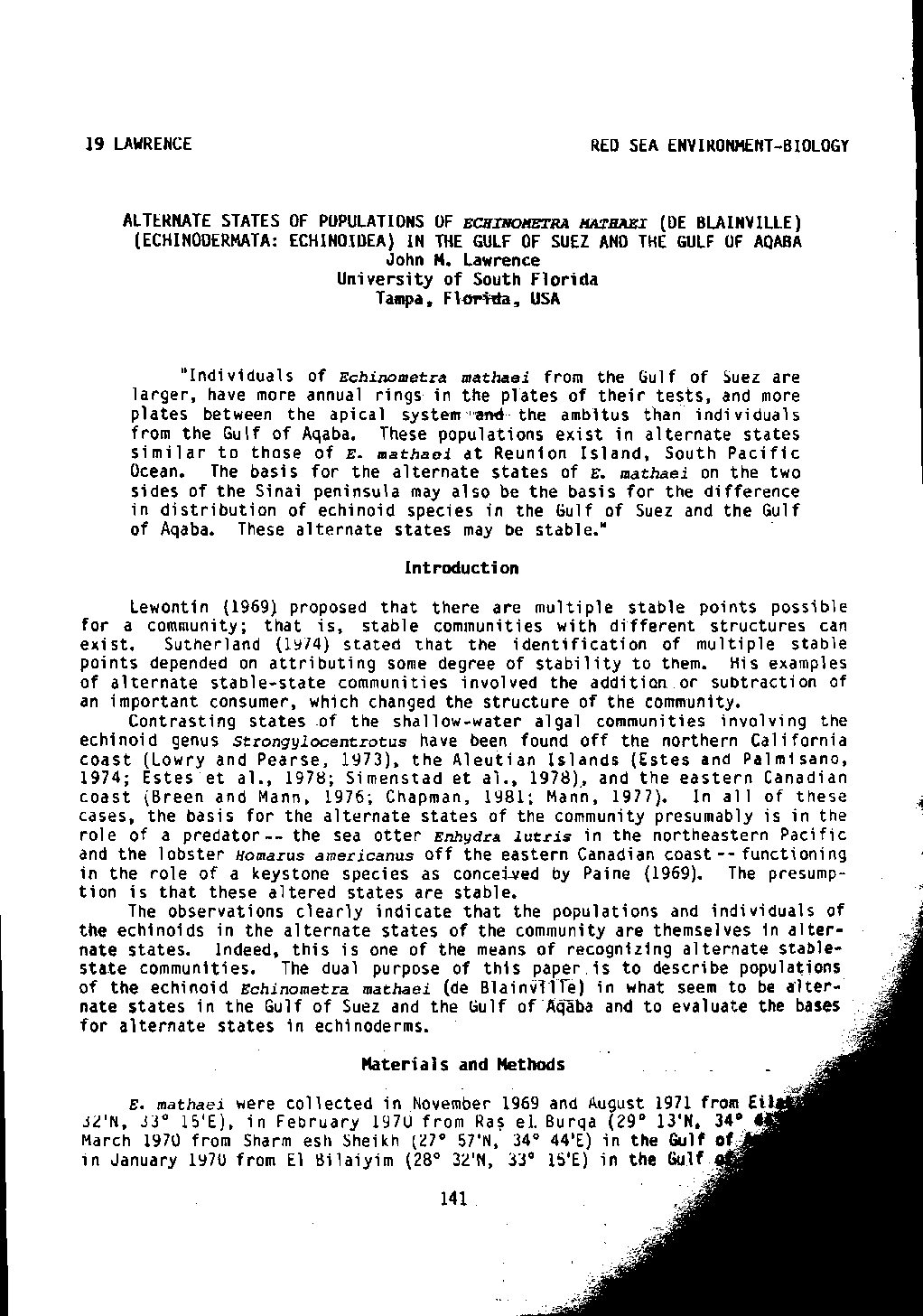Categories
vol-33ECOLOGICAL STUDIES ON FISH FARMS OF EL-FAYOUM
DEPRESSION (EGYPT)
ADEL H. KONSOWA
National Institute of Oceanography and Fisheries, Inland Water Branch, Egypt
[email protected]
keywords: Fish Farms, water quality, phytoplankton, Oreochromis niloticus
ABSTRACT
This study was carried out at the fish farms of El-Fayioum province during 2003
farming season. They extend along the eastern bank of Lake Qarun. These farms derive its
water and drainage wastes into Diar El-Berka Drain. pH values at the chosen farms ranged
between 7.43 and 8.91 and its values are certainly optimum for fish culture. Salinity levels
at fish farms adjacent to Lake Qarun (Goda 2, 9.5‰) are generally much higher than the
other fishing ponds due to seepage from the lake water. The major nutrient concentrations
(N & P) at the main feeder were much higher than the corresponding values at fish farms.
Nitrogen concentrations that represented by NO2-N, NO3-N and NH4-N indicated the
dominance of NH4-N over NO2-N and NO3-N at the selected fish farms (0.026, 0.091 &
0.59 mg/L respectively). Total organic phosphorus (TOP) concentrations at the chosen
farms were much higher than the corresponding values of orthophosphate. The abundance
of phytoplankton reached the climax during January and March (8746, 6937 x 104
cell/L
respectively), but showed a severe drop during September and October (59, 38 x 104
cell/L
respectively) at all farms under investigation. Oreochromis niloticus prefers diet on
Navicula spp. and Cyclotella spp. from diatoms; Prorocentrum apora from dinoflagellates;
Euglena spp. and Phacus caudatus from euglenoids and few species of green and blue
green algae. So it should decreases supplementary foods at these farms during the
abundance of phytoplankton items in spring and summer seasons. Fish production of these
farms depends on intensive aquaculture in which the fishes are fed with external food
supply. This kind of aquaculture can be changed to extensive production during spring and
summer seasons.







